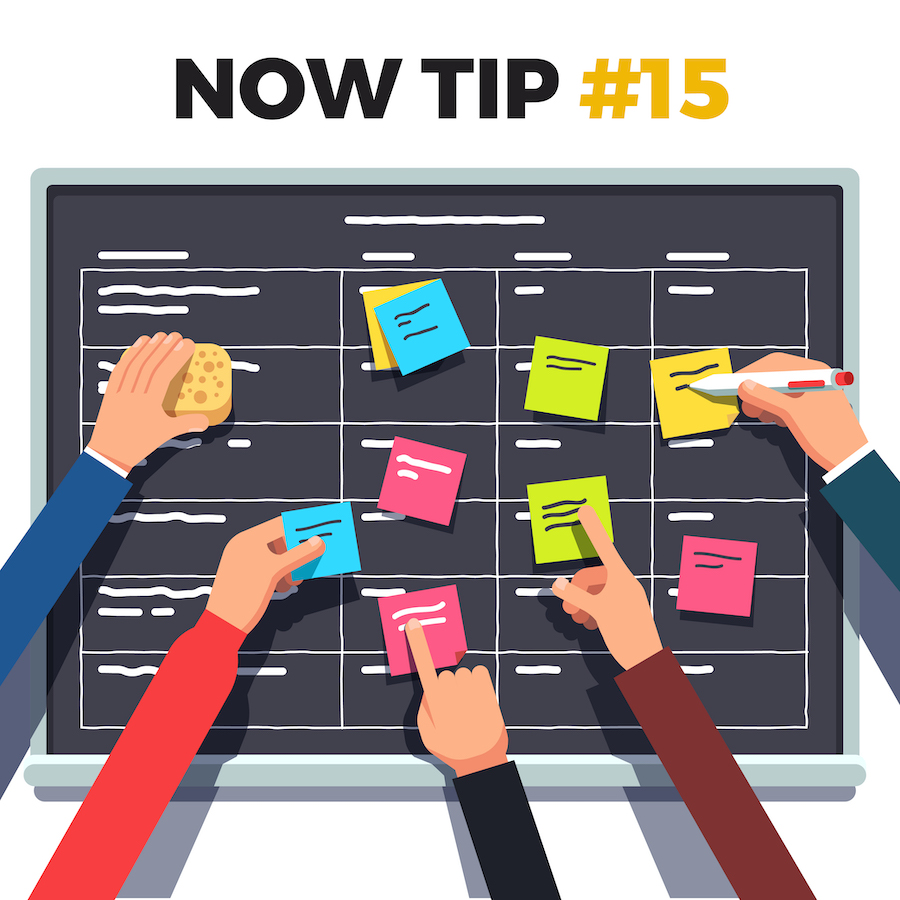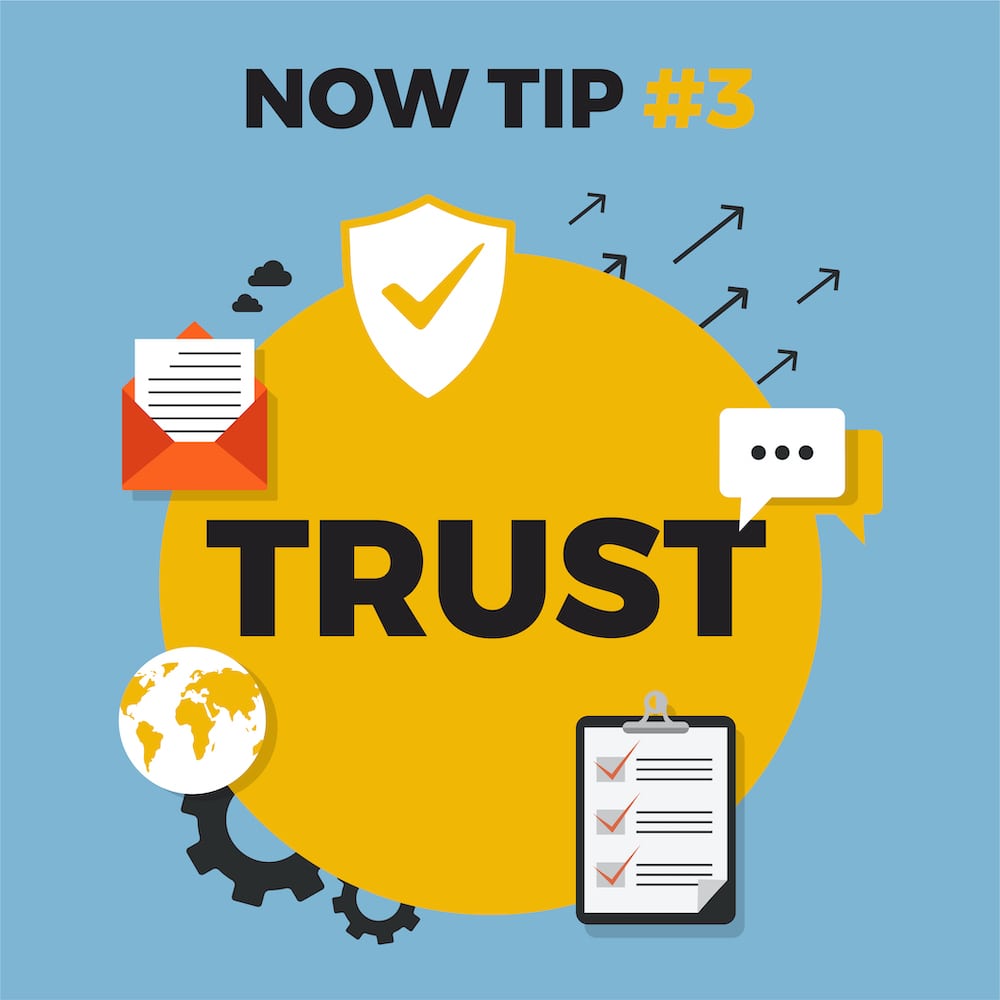In the 1970s and 1980s Sam Walton used to gate crash supplier meetings between his buyers and the salesmen.
In those days, they were all sales men in Rogers, Arkansas selling ‘national brands’ to his little, but growing, regional chain of mixed grocery stores.
Walton did it so he could learn more about the people who bought these brands. The owners of these brands actually paid for research to better understand their ‘consumers’ needs, something no retailer was doing in those halcyon days.
So, Walton would learn as much as he could about each brand’s ‘consumers’ and then apply that knowledge to tailoring Walmart’s offers to its shoppers.
First of all what’s a national brand?
It was a term coined in the US to describe the mainstream brands, known and loved by shoppers, owned by manufacturers and sold via a wide range of retail customers such as Coca Cola, Kraft, Palmolive, Colgate, and Nivea.
Over the years major corporations like Nestle, Mondelez, and GSK successively acquired and integrated the manufactories as they were called, and their brands into these conglomerates.
They bought the companies that used to be the product brands. For many years, Kraft was seen as a peanut butter by shoppers. Coca Cola wasn’t a corporation, it was a chilled bottle of sweet and refreshing carbonated soft drink. Panadol was a painkiller, Palmolive a soap block, and Nivea was a face cream.
It’s the shopper recognition of, and trust in these core ‘product brands’, not their corporate owners, that makes them so attractive to shoppers. It’s also so important, albeit a declining and begrudging
importance, to most grocery and convenience retailers.
Sidewalk interrupters, TVCs, direct to home catalogues, and most retailer-owned loyalty communications lead with national brands offers.
This is because if a retailer can offer an identical high quality, hugely trusted, and recognised branded product cheaper than its retail competitors, it’s seen in the eyes and minds of its shoppers as being a ‘better place’ to do all their shopping.
After all, grocery shopping is all about the whole basket. Retailers who operate on wafer thin net margins but huge top line sales numbers, can’t make money unless shoppers choose to shop their whole basket in their store.
For the avoidance of doubt, the removal of Coca Cola for a four week period from either Woolworths or Coles would significantly and negatively affect the overall profit of both grocery chains.
It would also do significantly greater financial damage to Coca Cola. That’s why it rarely happens. A mutually beneficial state of dynamic equilibrium is always in play between major retailers and major national brand owners.
Whenever this dynamic equilibrium gets out of balance shoppers and consumers alike stop buying – senior heads roll on both sides of the buying desk. Shareholders and shoppers alike crave continuity.
At the smaller end of retail, in small stores across Australia and New Zealand, and more noticeably in Asia, retailers all lead with international brands. Klim milk formula and Huggies diapers are added to the list.
In Asia, they do this by physically stacking these products outside the store’s lease line, on the sidewalk, to act as a ‘sidewalk interrupter’.
They do this in order to trigger visual recognition of the brand’s packaging from shoppers passing by. Getting enough people to walk past your store in Asia isn’t a challenge, trust me.
When a small town like Shenzhen has 10 million residents, walk by traffic isn’t the issue. Getting walk by shoppers to walk into your store is the challenge.
National brands achieve that better than any fresh products, or less well known though cheaper local or retail own brands. Put those in the middle of the store, on the way to the repeated instore displays of Klim and Huggies at the back of the store, so shoppers have to walk all the way in.
In mid-tier Australian grocery retailing, the repositioning of IGA in the minds of shoppers, with a ‘national brand price match’ mechanic, has been built not around the power of the IGA convenience and community brand, but around the fact that IGA is the ‘home of big brands’ and offers those national brands at the best prices.
Guaranteed to be as cheap as Coles and Woolworths according to the claim. If IGA can do that, then the rest of its prices, including fresh produce and IGA own brand, must be pretty good too. Right? Yep.
Which is why even the most dedicated retail own brand grocery retailer in Australia, Aldi, still likes to lead with price off national brands whenever it can source a deal. Just to remind its shoppers that Aldi can bring well-priced national brands to their loyal shoppers too.
National brands will remain important to retailers for many years to come. So long as they remain relevant to shoppers in, or just outside, the store.
Kevin Moore has worked in the marketing field for more than 25 years and serves as chairman of Now Comms Group


